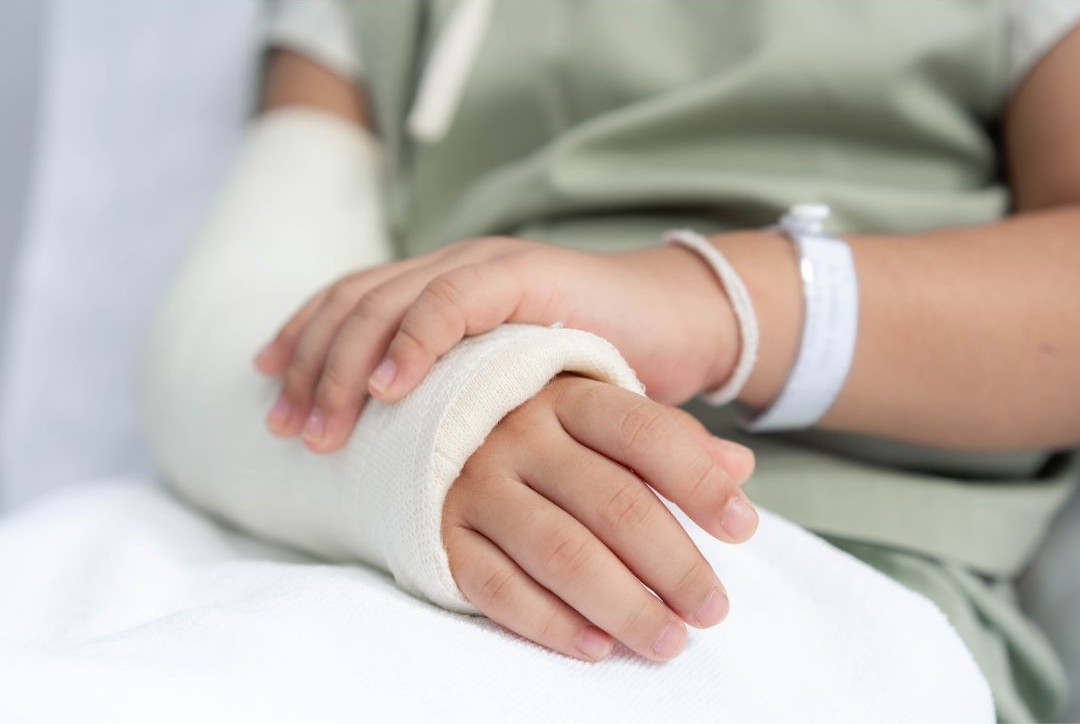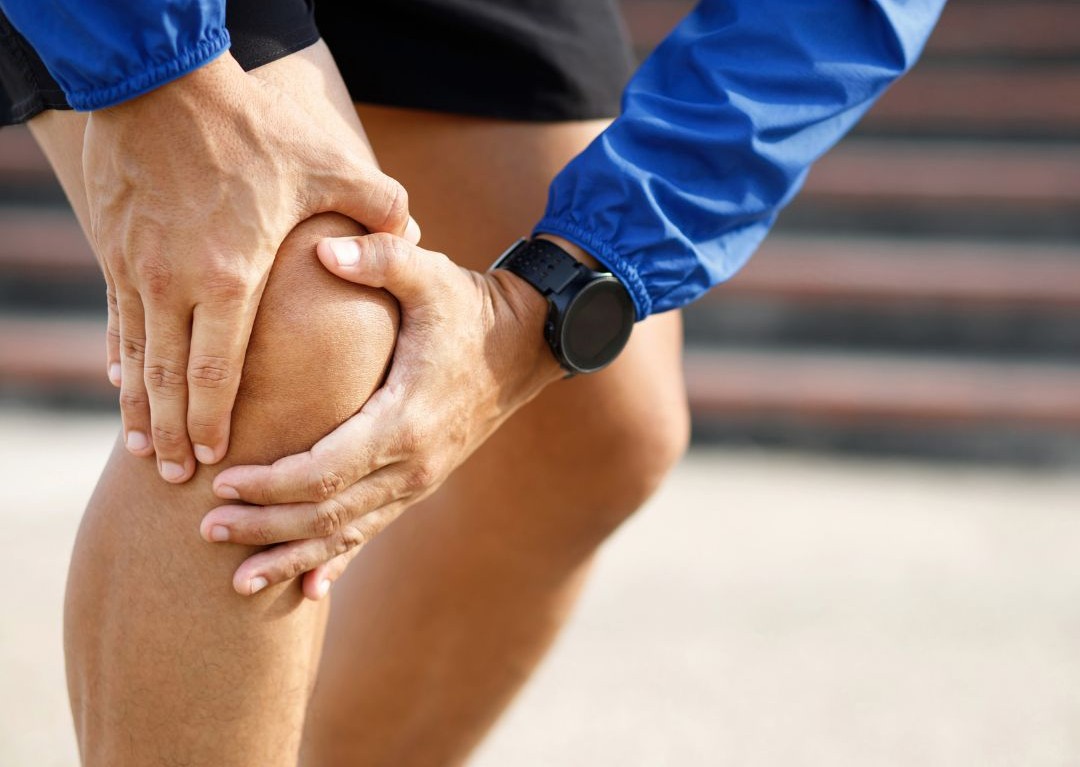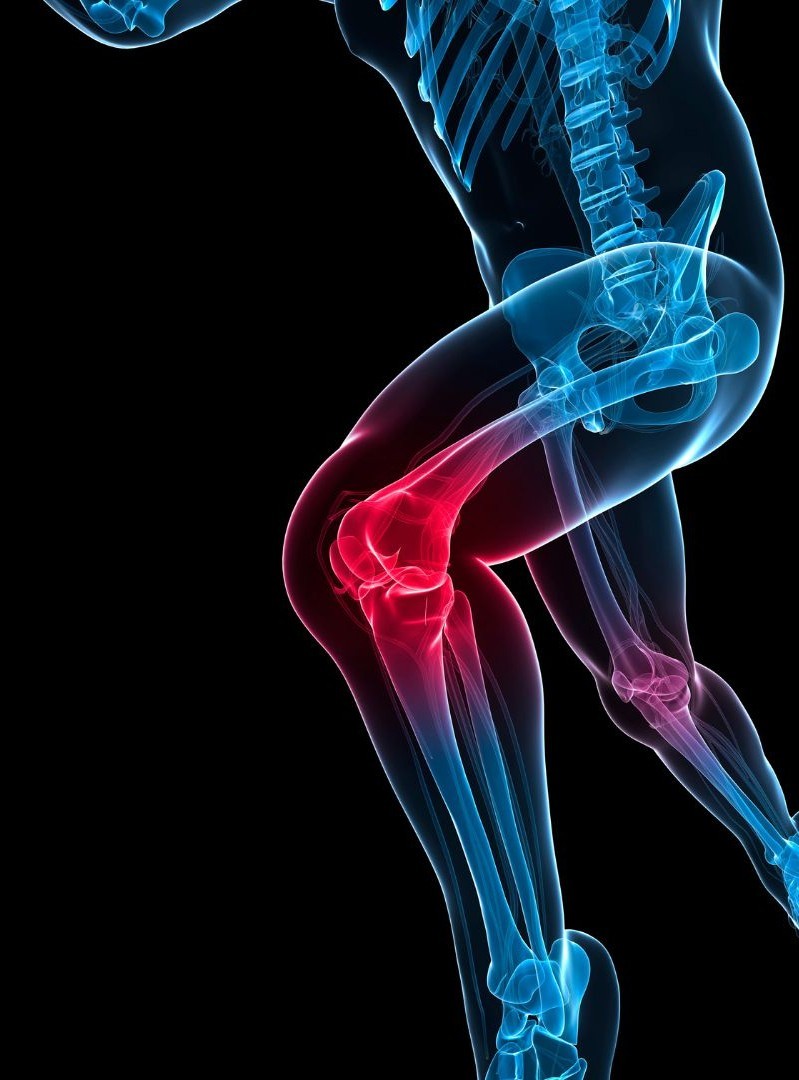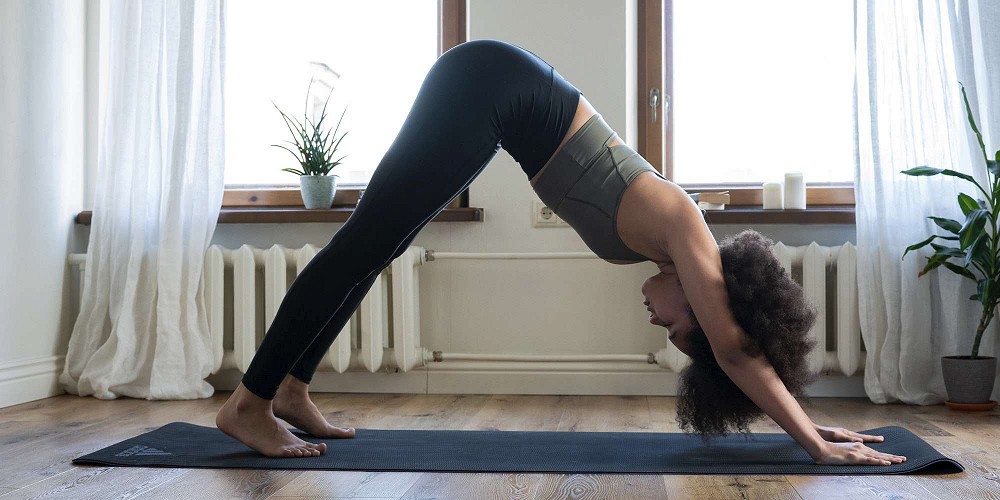Injury 101: Types, Treatments, and How to Bounce Back
Article by Martin Davies
Not all injuries are the same. Knowing the type of injury you have can not only help with the physical recovery process but also set realistic expectations for your healing journey.

While many people use a conventional injury model—where trauma damages something and it recovers over time—this approach only works for some cases. However, other injuries, such as those caused by overuse or wear and tear, require a different management strategy to achieve the best outcomes.
1. Trauma-Based Injuries

The first injury type is a traditional trauma-based injury. Examples include torn muscles or ligaments, broken bones, or a combination of components. These injuries are usually tied to a specific time and place, making it easier to identify when the injury occurred. In most cases, you can expect near-complete recovery within a fairly predictable timeframe.
However, if you search online for rehab exercises for a typical trauma injury, like an ankle sprain, the amount of information can be overwhelming and confusing. A helpful way to structure your recovery is by using a model that focuses on four key aspects: look and feel, movement, strength, and functional use. You can work independently or with a physiotherapist to assess each area and determine the next appropriate step in your recovery. This approach can help reduce confusion and form the foundation of a clear recovery plan.
2. Overuse or Poor Use Injuries

The second type of injury involves overuse or poor technique, such as tennis elbow, Achilles tendinitis, or shoulder impingement. These injuries develop more gradually and are often the result of repetitive movement or poor form.
To manage these injuries effectively, think of them like a weighing scale. On one side, you have all the activities that aggravate the injury, and on the other side, you have the actions that help the injury heal. While recovery from overuse injuries is rarely a smooth or predictable process, by reducing the aggravating factors and optimizing the healing factors, the scale tips in your favor, leading to positive results. Some helpful questions to ask yourself include:
- What have I done today that has aggravated my injury, and how can I avoid these actions?
- What have I done today to help my injury heal, and how can I do more of these things?
3. Wear and Tear Injuries

The final injury type is wear and tear, often associated with osteoarthritis or chronic overuse. Examples include joint arthritis and calcific tendinopathy, which can occur in multiple areas of the body.
A useful analogy for this type of injury is comparing it to my battered old Honda car, which I use for commuting. The car has hundreds of thousands of kilometers on it and is quite worn, but if I drive it sensibly and perform regular maintenance, it should keep going for many more years. On the other hand, if I drive it aggressively on rough roads, it will cause more problems. Similarly, with wear and tear injuries, it’s not so much about what you do, but how you do it.
For example, a knee with significant arthritis can become less painful and more functional by reducing the impact through the joint and improving alignment. It’s often unrealistic to expect a complete recovery from these injuries, just as I don’t expect my old Honda to perform like a new car. However, with careful use and awareness, both my car and your knee can continue to serve you well for many more kilometers.
Conclusion
In conclusion, understanding the type of injury you're dealing with is essential for both physical and psychological recovery. By adapting your rehabilitation approach to suit the nature of the injury, you can optimize the healing process and improve long-term outcomes.
You May Also Like...
-
 ArticleView Post
ArticleView PostShould You Apply Heat or Ice to an Injury?
Heat or ice? Here we take a look at one of the most common questions we hear to determine what's most appropriate for your injury.
-
 ArticleView Post
ArticleView PostPelvic Floor Dysfunction, Assessment, & Treatment
Pelvic floor physio is a popular treatment with more than a few misconceptions. For example, it's much more than just kegel exercises!
-
 ArticleView Post
ArticleView PostOptions for Hand and Finger Osteoarthritis (OA)
Osteoarthritis (OA) can affect many joints, including those located in the hands. Hand osteoarthritis may lead to pain, reduced hand function, and reduced quality of life. Many people experience hand OA, but what are some of the treatment options?